reviewed by Truman Perkins
This herb garden addition is low in demand and high in return! Ginger root is super easy to grow and harvest. It is not only shaded tolerant but low-light loving! It adapts to almost any area of your home. I am making it versatile.
The ginger plant’s root, the rhizome, is the familiar form you likely buy at the grocery store. This is the commonly used part of this herb.
Fresh grown looks completely different. Lighter in color with hints of a pink hue. It’s lovely.
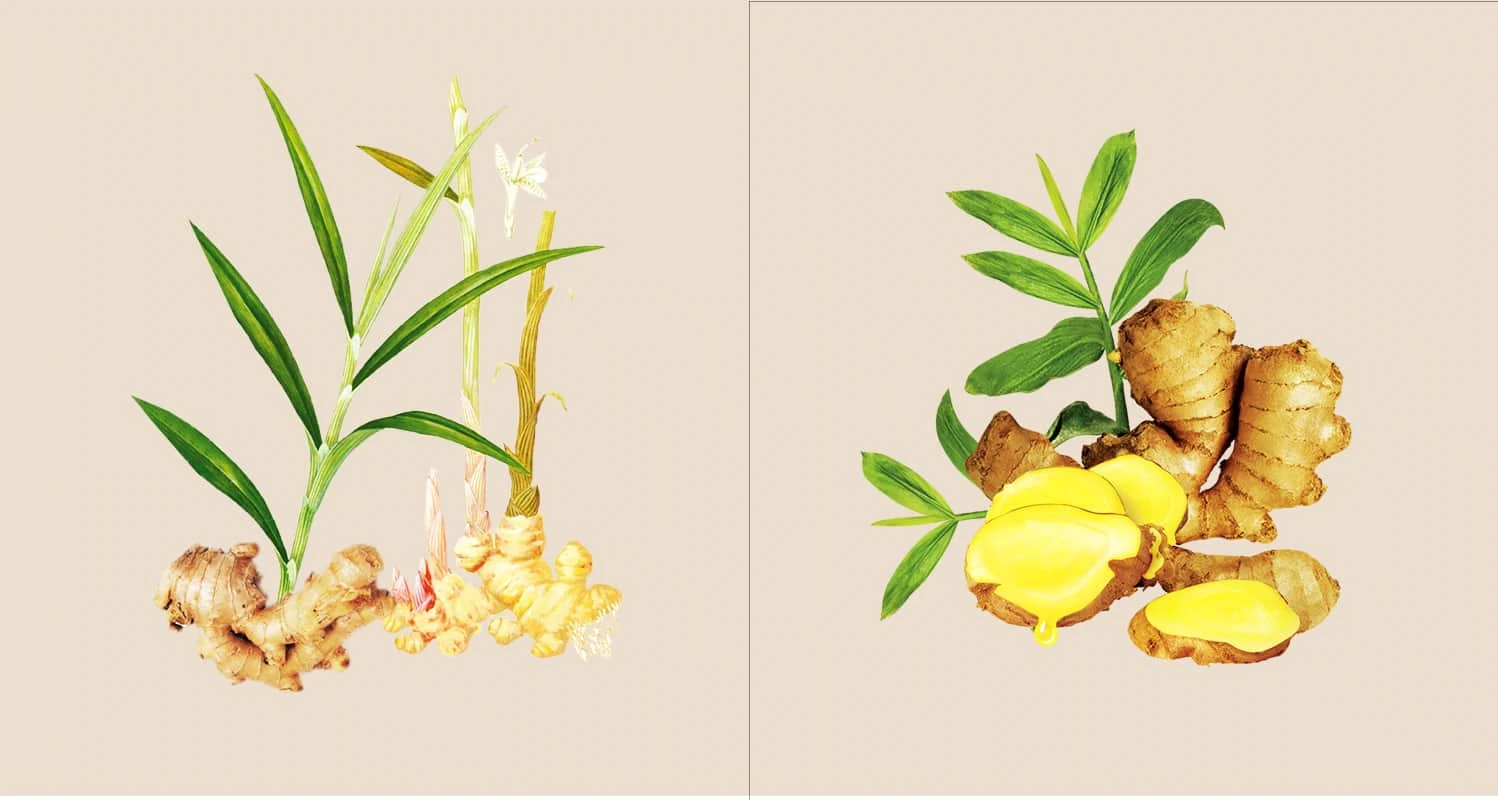
Contents
The fresher the taste, the richer the ginger is in its beneficial compounds. Reap the most rewards for your health with new!
The plant itself is beautiful and edible as well. Ginger plants do not pack the zing of flavor and spice that is carried in the root. Thereby making it rarely used in cooking or for medicinal purposes. The green foliage and tall growth add to the décor and aesthetics of your space as it grows.
Rich in nourishing and beneficial natural compounds, ginger is a must-have in a medicinal herbal garden. With so many natural healing abilities and dietary benefits, ginger has gained immense popularity in holistic medicine.
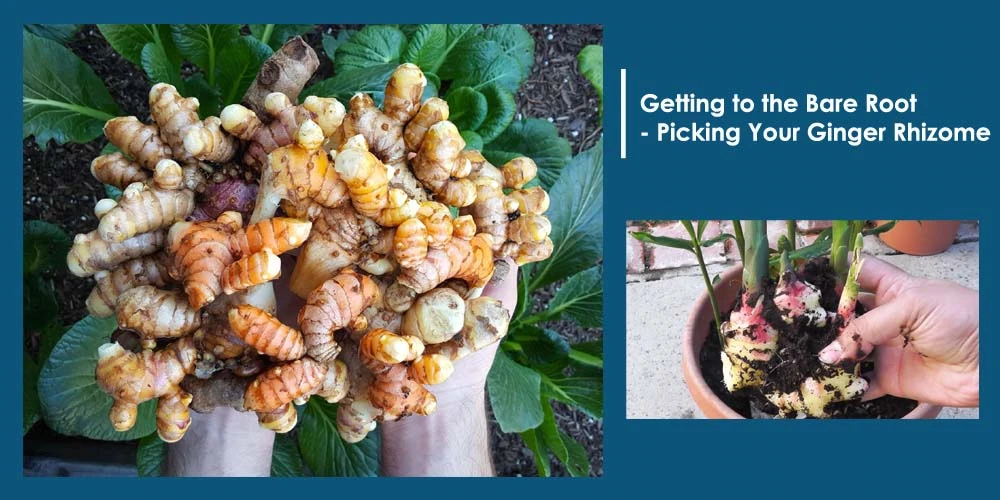
Ginger is not started from a seed or a plant cutting. Ginger needs to be grown directly from other pieces of the rhizome or root.
Sourcing a ready to plant rhizome from a local garden center or nursery locally in many areas is difficult. I know in my room, I have yet to find any available. Thereby making local sourcing difficult.
Many online sources sell ready-to-be planted roots. Make sure to read reviews, though. I have had some bad luck there as well. However, there are plenty of reliable sources. They will provide you with great rhizomes for starting your ginger garden.
Another option to explore but with strong caution is your local grocery store. Many produce departments treat their produce. They will often use hormones to prevent sprouting. They may even spray or treat the product to keep it fresher longer and look nicer.
Buy organic if purchasing anywhere but mainly from a grocery. ASK. Talk to a person in the produce department. Ask them if the product has been treated. I find that a trustworthy store is not afraid to tell you their practices regarding their fresh produce.
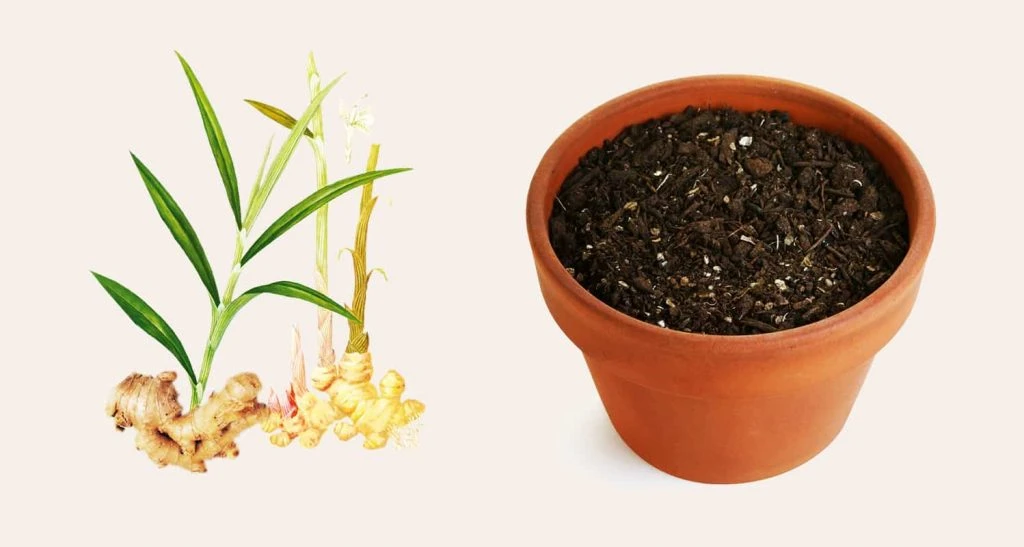
Perhaps the only picky thing when it comes to growing ginger root indoors is choosing suitable soil. Ginger likes high-quality soil that drains well and is rich in organic matter.
Think about these critical points!
If your current potting mix does not have powerful draining capabilities, consider adding some amendments. Different peat moss or coconut fiber added into the mix will improve drainage. Peat moss can tend to raise soil alkalinity. Ginger prefers the soil to stay between 6.1 – 6.5 pH.
Ginger is also a heavy feeder. The soil should provide the root and plant with plenty of nourishment. Starting with soil rich in organic matter boosts your young plants’ growth, resulting in less need for long-term feeding schedules.
It is essential to regenerate and fertilize the ginger plant once a month. Especially if you are using a lesser potting soil mix. I highly recommend only using organic on a soil harvested plant. I find worm compost to be the best fertilizer for ginger and most other plants. A light sprinkle on the top of the soil will continuously feed and result in tremendous growth.
Get the ultimate blend of the Earth and Sea and start your plants off right! Fox Farm Ocean Forest Soil is a premium blend of earthworm casting, bat guano, hummus, kelp, fish, and crab meal.
Read The ReviewWith suitable soil, everyone has a green thumb!
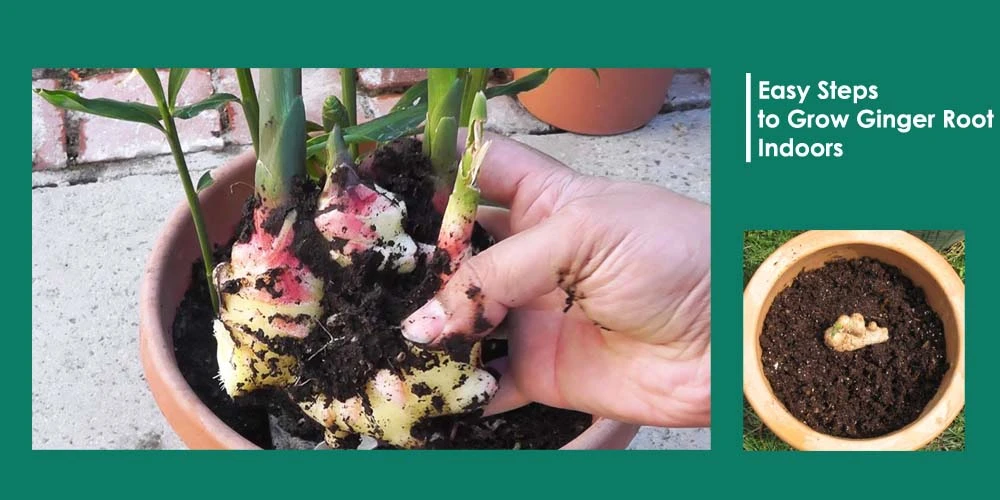
⇒You can read a full review of the Self-watering Container featured in this video: Algreen Self Watering Planter Review.
Important Tips!
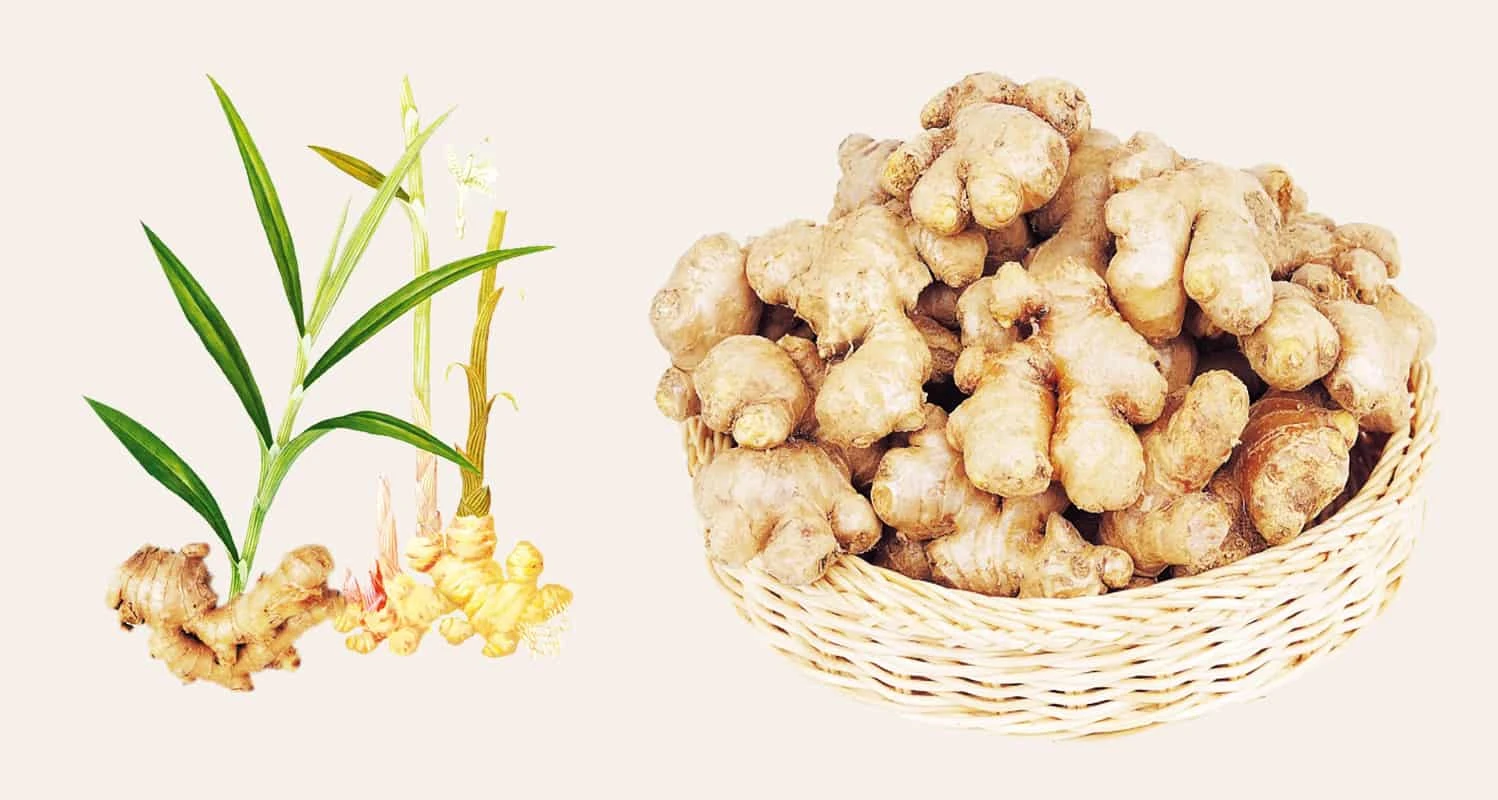
The full maturity of a ginger plant to harvest can take 8 to 10 months. The wonderful thing about ginger root harvesting is you can be a little impatient without causing any harm to the plant itself.
Ginger roots can be harvested as soon as 3 to 4 months of age in small portions without harming growth. Yummy baby ginger roots are delicious as well! They make a unique delicacy that is milder and has a hint of sweetness. I love it in salad dressings or shaved raw on salads.
On younger plants, try not to take too many harvests while they are still actively growing. Give them at least four weeks between root harvests. I always grow many plants, so I have options.
You can now choose to re-pot some of the harvested ginger—no need to soak or wait. Using fresh soil, you can immediately re-pot some of these new pieces for future growth.
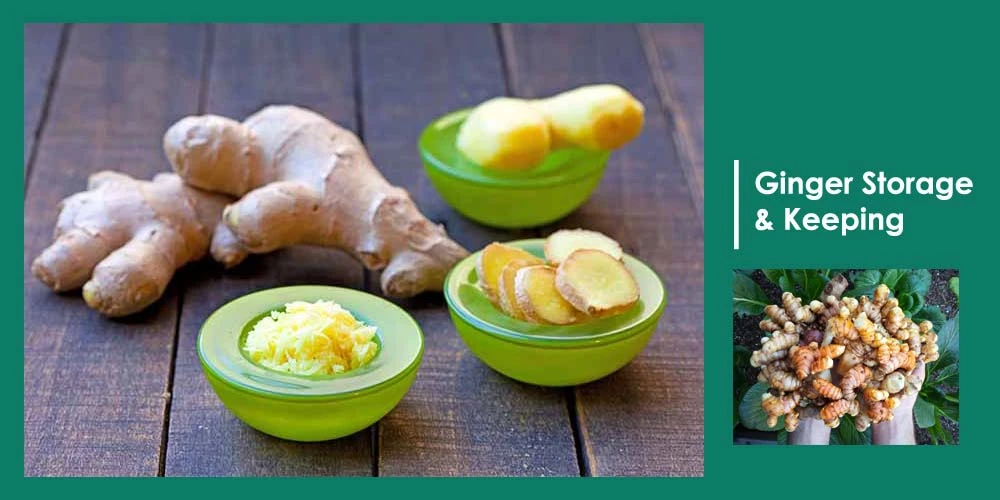
1) Refrigerate whole fresh ginger in a seal-able plastic bag. First, cut ends, dry with a paper towel, or wrap in a paper towel before resealing. Stays 4 to 6 weeks.
2) Freeze in the same method—last 3 to 6 months.
3) Dry ginger. Peel the ginger. Make thin slices. The thinner, the better, and the faster they will dry. I use a dehydrator, but you can use the sun—the low setting in the dehydrator for 2 hours or fewer. You can also place it in the sun for 4 to 5 days to dry. After the ginger is dehydrated and cool, store it whole or ground into powder. It lasts six months to a year
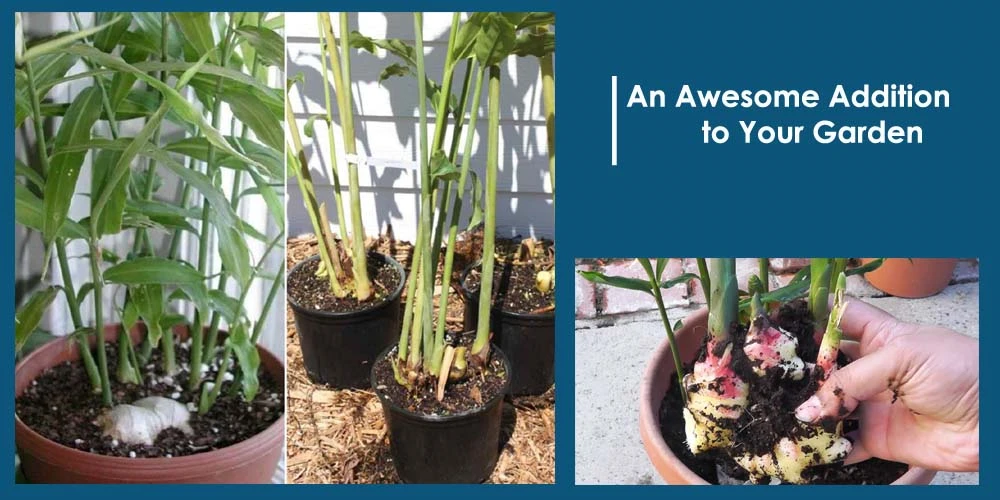
You, too, can grow Ginger root indoors! It is so easy and gratifying. You can achieve an endless supply of ginger as well; even if you have never grown anything else, you will find that the Ginger plant is not intimidating at all.
It is one of my must-have herbs in my medicinal garden. I am also a massive fan of it in my culinary dishes as well. Learning to grow it has enabled me to always have fresh, delicious ginger on hand.
I love the look of a fresh ginger root as well—a lush, pretty root with pink touches. A completely different look from the brown dried portions you find at the market.
Need more help getting started? Have some experience growing ginger yourself? I want to know and so do the other readers.
Please drop a comment below, and let’s start a conversation!
Happy Gardening!
 |
 |
 |
 |

About Truman Perkins
Truman Perkins is a Detroit-based SEO consultant who's been in the business for over a decade. He got his start helping friends and clients get their websites off the ground, and he continues to do so today. In his free time, Truman enjoys learning and writing about gardening - something he believes is a natural stress reliever. He lives with his wife, Jenny, and their twins in Detroit.
 |
 |
 |
 |
Get new FREE Gifts. Or latest free growing e-books from our latest works.
Disable Ad block to reveal all the links. Once done, hit a button below
 |
 |
 |
 |